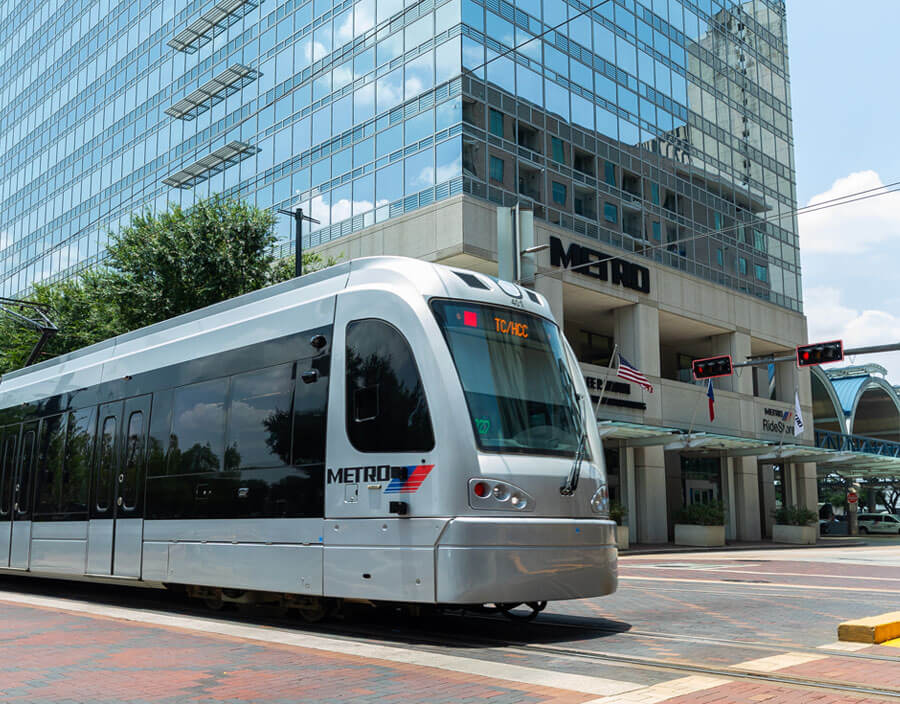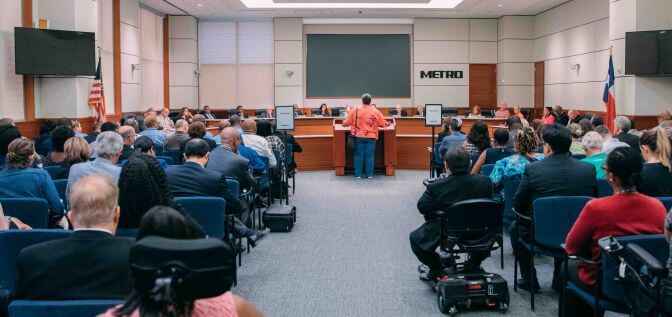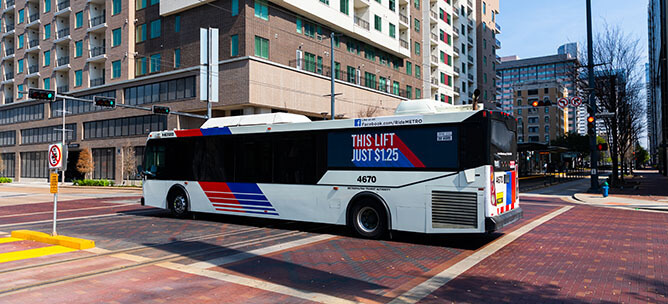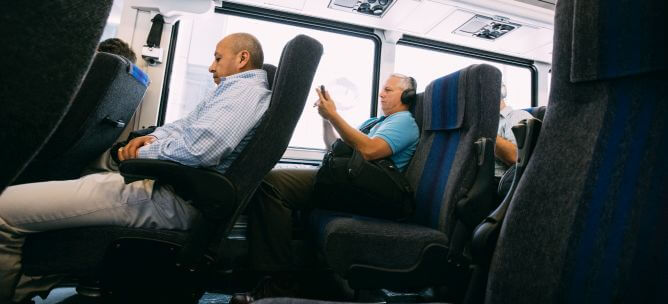Rev. T. Leon Preston
First Vice Chair
Appointed by the City of Houston Mayor
Confirmed by Houston City Council
Rev. T. Leon Preston II, a native Houstonian with an inspiring personal story of leadership and service, was appointed to the METRO Board in 2024 by Houston Mayor John Whitmire and confirmed by the Houston City Council. With 30 years of experience in the livery transportation industry, Rev. Preston brings extensive expertise in executive transportation services, ensuring accessibility, efficiency, and reliability for Houston’s transit system. In the 1990s, he served as Director of Transportation for one of the city’s largest private limousine and bus companies, where he oversaw logistics, fleet operations, and customer service.
Beyond transportation, Rev. Preston has built a legacy as a distinguished faith and community leader. As the Senior Pastor of Yale Street Baptist Church in the historic Independence Heights Super Neighborhood, he has dedicated his life to uplifting individuals and families. His commitment to social advocacy includes feeding the hungry, providing disaster relief, and securing resources for underserved communities in Houston and beyond.
Rev. Preston is a dedicated public servant, currently serving as Chaplain for the Harris County Precinct One Constable’s Office, where he provides spiritual guidance and support to law enforcement officers and the community. Additionally, he is the Secretary of the Advisory Committee Promoting Adoption of Minority Children (ACPAMC) in Texas, working to find permanent, loving homes for children in foster care.
Known as a “boots-on-the-ground” leader, Rev. Preston is often seen in the heart of communities, offering comfort to the sick, encouragement to the bereaved, and advocacy for the homeless. His hands-on approach ensures that those who are often overlooked receive the care, attention, and support they need.
A devoted father and grandfather, Rev. Preston is also recognized for his powerful voice—both in speech and in song. He has been hailed as “The People’s Choice” for his ability to inspire and uplift through his words and actions.
As a METRO Board Member, Rev. Preston is committed to ensuring that Houston’s transit system is equitable, efficient, and reflective of the needs of all residents. His extensive experience in transportation, community engagement, and public service positions him as a leader dedicated to progress, accessibility, and inclusive growth. He is, above all, a servant leader who deeply cares for all.

































 Google Chrome
Google Chrome
 Safari Mac OS
Safari Mac OS
 Mozilla
Mozilla
 Microsoft Edge
Microsoft Edge